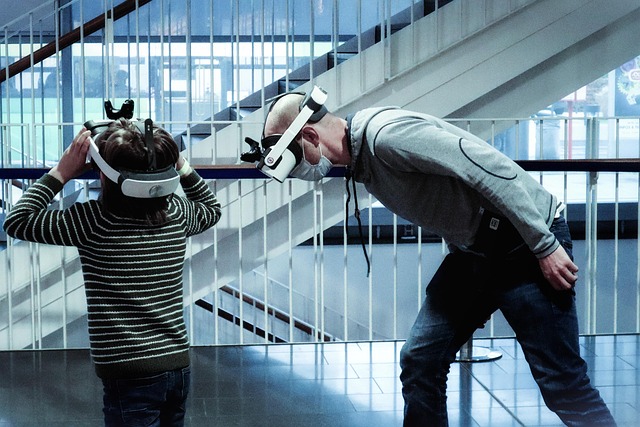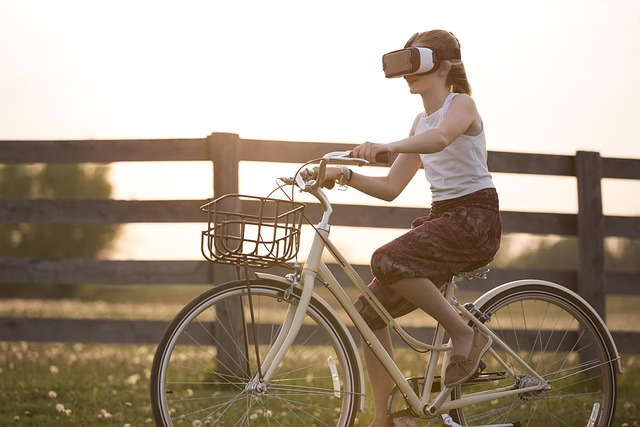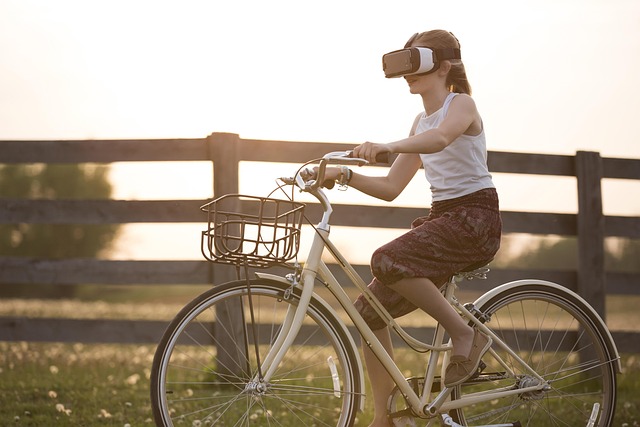
Navigating the Metaverse: Interacting in a Virtual Reality Environment
As technology continues to evolve, the way we interact with the world around us transforms as well. The rise of virtual reality (VR) and augmented reality (AR) has given birth to a new frontier known as the metaverse—a vast and immersive VR environment where digital and physical realities intertwine. Navigating this unexplored terrain can be exhilarating yet daunting. By understanding the nuances of interaction within a VR environment, users can fully embrace the opportunities that the metaverse offers.
The first step in experiencing the metaverse is to grasp the significance of virtual reality. Unlike traditional media, VR allows users to step inside a digital universe, becoming active participants rather than mere observers. This shift in perspective opens up an array of interaction possibilities, from exploring immersive environments to engaging with others in real-time. Whether it’s attending a virtual concert with friends or collaborating on a project with colleagues around the globe, the VR environment enhances social connection in ways that previous technologies could only dream of.
Moreover, augmented reality supplements this experience by overlaying digital elements over the physical world. Imagine scanning your living room to see how a new piece of furniture might look. This fusion of realities not only makes interaction more dynamic but also transforms the mundane into a canvas of creativity and possibility. The metaverse thrives on this interplay of VR and AR, creating an intertwined experience that speaks to various aspects of our lives.
As users familiarize themselves with the metaverse, it’s essential to navigate it mindfully. Interaction in a VR environment demands new etiquette and awareness. For instance, understanding personal space becomes nuanced when the physical and digital collide. Virtual gatherings, where avatars represent us, may not follow the same social cues as in-person meetings. Users must adapt and evolve their interaction habits to maintain meaningful connections. Communication tools within a VR environment, such as gesture recognition or voice modulation, add layers to conversations and can make experiences feel profoundly personal.
Furthermore, the concept of identity takes on new dimensions in the metaverse. Users have the freedom to choose how they present themselves, leading to a diverse range of avatars that can reflect individual tastes, fantasies, or aspirations. This ability to curate one’s identity offers a unique form of self-expression that invites users to explore facets of themselves they may not have had the opportunity to showcase in the offline world. Nevertheless, the digital landscape’s fluidity also raises questions about authenticity and representation, prompting thoughtful discussions about how we define ourselves in both spheres.
In navigating the metaverse, the combination of VR and AR technologies allows not only new forms of interaction but also the potential for transformative experiences. As we delve deeper into this virtual realm, it’s crucial to remain open to learning and adapting. The metaverse is not merely a destination; it is a continuously evolving landscape filled with opportunities for socialization, creativity, and exploration. By embracing the possibilities of a VR environment, we can cultivate meaningful interactions and experiences that resonate both online and off. In this interconnected digital age, stepping into the metaverse could very well lead to new pathways for human connection.



